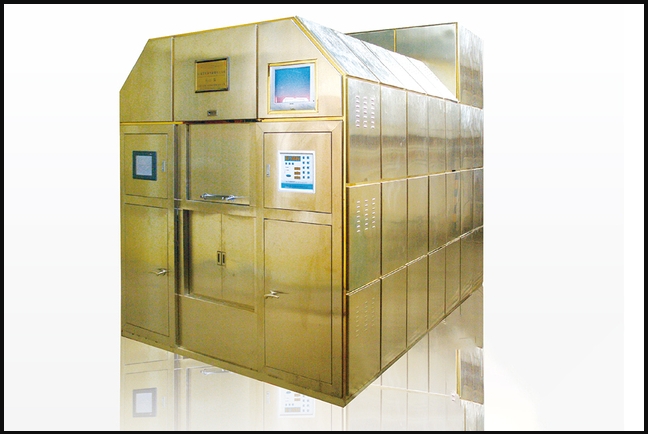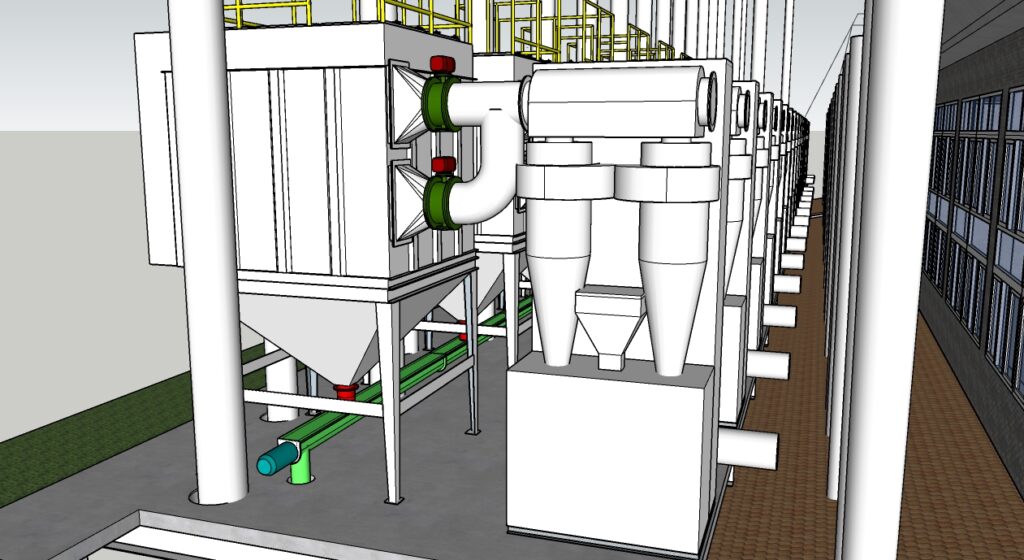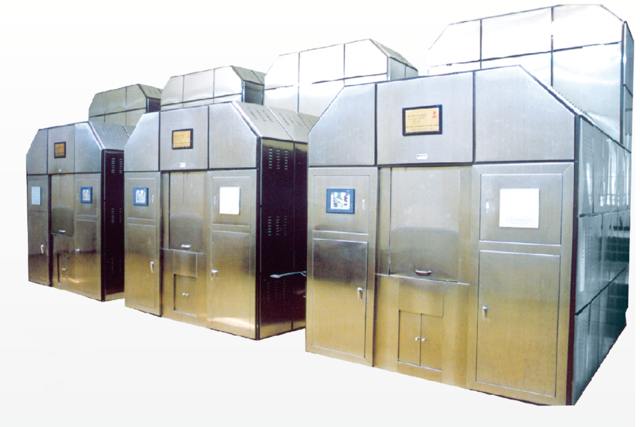1. What is PLC Control Technology for Cremators?
PLC (Programmable Logic Controller) technology uses a programmable memory to store and execute instructions for logical operations, sequence control, timing, counting, and arithmetic. It manages mechanical processes through digital and analog inputs and outputs. Simply put, a PLC functions as a process controller.
2. What is Reverse Combustion Technology for Cremators?
Reverse combustion technology is a scientific combustion approach that changes the flow direction of combustion gases, significantly improving the main burner’s performance. In this process, the combustion gases are redirected back into the flame, where they undergo further combustion before being exhausted. This technique ensures thorough combustion and energy savings, making it a beneficial approach.

3. What is Multi-Point Combustion Technology for Cremators?
Multi-point combustion technology involves installing 2-3 burners in the main combustion chamber at specific points to target different stages of cremation. By activating specific burners at various stages, this method enhances efficiency and conserves energy.
4. What is Regenerative Low-Oxygen Combustion Technology for Cremators?
Regenerative low-oxygen combustion is an advanced, well-developed heating technology in the metallurgical industry. Applying it to cremators could achieve considerable energy savings and significantly reduce harmful emissions. Low-oxygen combustion reduces nitrogen oxide emissions, challenging the common high excess-air approach in cremator operation. Critical aspects include maintaining effective cremation with oxygen levels below 14% in the chamber, improving dust removal, extending component life, and ensuring effective control of combustion under low pressure. If these issues are effectively addressed, implementing this technology in cremators is promising.
5. What is High-Temperature Air Combustion Technology for Cremators?
High-temperature air combustion, developed in the 1990s, achieves up to 80% combustion efficiency. This technology offers high efficiency, eco-friendliness, low pollution, combustion stability, a wide combustion area, broad fuel adaptability, easy combustion control, reduced equipment costs, extended furnace life, and operational benefits. However, challenges for cremator application include potential clogging of regenerative components and optimizing design and control parameters.
6. What is Oxygen-Enriched Combustion Technology for Cremators?
Oxygen-enriched combustion involves using gases with oxygen concentrations greater than 21%. It reduces exhaust heat loss, increases flame temperatures, extends furnace life, improves efficiency, supports cleaner production, and enables the capture and reuse of CO₂ and SO₂. However, increased oxygen levels can sharply raise temperatures, increasing nitrogen oxide emissions, which limits the technology’s development. Studies show that oxygen-enriched air combustion can lead to temperature imbalances within the furnace, which could actually benefit cremation processes. Using this technique strategically in specific combustion phases could yield effective results, addressing the widespread issue of high air excess ratios in current cremator operations.
7. What is Hot Air Pipe Technology for Cremators?
Hot air pipe technology involves embedding the cremator’s air supply pipes within the chamber or placing them in the flue, using the heat from exhaust gases to preheat incoming air. This heated air accelerates the cremation process by raising the air temperature before it enters the chamber. In this process, outdoor air is rapidly heated to about 700–800°C and then introduced into the chamber. The high-temperature, low-oxygen flow formed in the chamber allows the fuel to combust under low-oxygen conditions, reducing CO₂ and nitrogen oxide emissions by approximately 25% and cutting fuel consumption by the same amount. This technology not only saves energy but also minimizes the environmental impact of exhaust gases.
8. What is Waste Heat Recovery Technology for Cremators?
Waste heat recovery is an effective energy-saving measure for cremators, utilizing heat exchangers to capture and reuse heat from exhaust gases. This mature technology recovers useful heat from flue gases, reducing environmental impact and enhancing energy efficiency.


